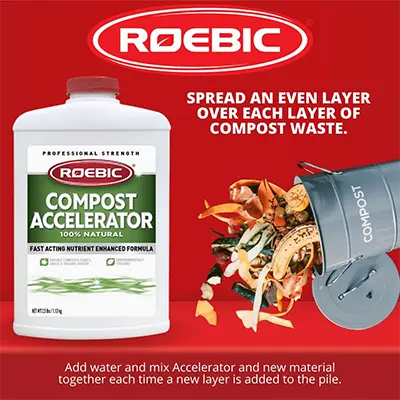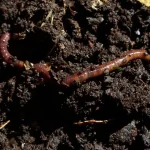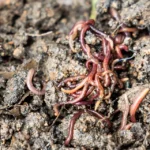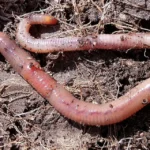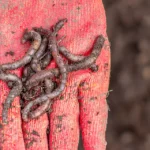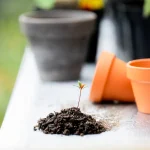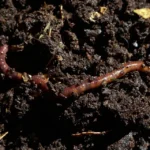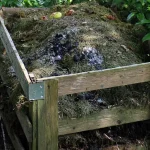Start turning your kitchen scraps and yard waste into rich, nutrient-filled compost that powers your garden and protects the planet. Composting is more than a gardening practice—it’s a sustainable lifestyle choice that reduces waste and saves money.
In this guide, you’ll discover why composting is transformative, how to choose the right method, how to start your compost pile, common mistakes to avoid, and tips for keeping your compost heap healthy and productive year-round. Let’s dig in!
Why Composting Transforms Your Garden and the Planet
Composting at home can reduce waste and greenhouse gas emissions. Food waste sent to landfills decomposes without oxygen, creating methane—a harmful gas over 25 times more potent than carbon dioxide.
Composting lets you control this process. Keeping your waste out of landfills reduces your carbon footprint while turning trash into treasure. The average household can divert up to 30% of its waste through composting, making a tangible environmental impact.
Add compost to your soil to revolutionize your garden. Healthy soil needs nutrients to support strong roots, retain moisture, and fight off pests and diseases. Compost delivers these nutrients naturally and for free, eliminating the need for chemical fertilizers.
Choose the Right Compost Type for Beginners
Start with the basics. Use green compost, which includes nitrogen-rich materials like fruit peels, vegetable scraps, coffee grounds, and fresh grass clippings. Greens fuel decomposition by providing the energy that microbes need to break materials down quickly. Without greens, your compost pile will lack the nutrients it needs to transform waste into “garden gold.”
Balance your greens with browns, carbon-rich materials such as dried leaves, shredded paper, cardboard, and straw. Browns keep your pile from becoming too wet or smelly and create the structure for proper airflow.
For a beginner-friendly option, try vermicomposting. This method uses red wiggler worms to break food scraps into nutrient-dense worm castings. Vermicomposting is compact, efficient, and perfect for indoor composting or small spaces. With these options, you can choose a composting method that fits your lifestyle and garden needs.
Build Your First Compost Pile Step-by-Step
Start your compost pile today. Choose a sunny, well-drained spot in your yard, or use a compost bin if you prefer a contained system.
Collect a mix of greens and browns, keeping the ratio at three browns to one greens. This balance prevents odors and ensures your pile decomposes efficiently.
- Air circulation: To allow air to circulate, lay down a base layer of coarse browns, such as straw or sticks. Spread the greens evenly on top of the browns and cover them with another layer. Continue layering until you’ve built your pile.
- Watering: Sprinkle each layer lightly with water to keep the compost as moist as a wrung-out sponge.
- Turning the compost: Turn your pile every two weeks using a pitchfork or compost turner.
- Aerating: Aerating the pile speeds up decomposition and keeps everything balanced.
- Monitoring: Use a thermometer to monitor the temperature of your compost. If it reaches 135°F–160°F, your pile will break down efficiently.
After three to six months, you’ll have rich, dark compost ready for your garden.
Avoid Common Composting Mistakes
Prevent problems by following these tips. Balance your pile with the correct ratio of browns to greens. Adding too many greens creates a slimy, smelly mess, while too many browns slow the decomposition process. Always aim for three parts browns to one part greens to keep your pile working efficiently.
Don’t let your compost sit untouched. Aeration is critical to keep the pile healthy and active. Turn it every two weeks to introduce oxygen, which helps microbes break down the organic matter. Pay attention to moisture.
Overwatered piles become soggy and smelly, while dry piles stop decomposing. Adjust moisture levels as needed—your compost should always feel like a wrung-out sponge. By avoiding these common pitfalls, you’ll set yourself up for success.
Keep Your Compost Heap Thriving Year-Round
Stay proactive to maintain a healthy compost heap. Feed your pile a balanced mix of greens and browns, and turn it regularly to keep the decomposition process active.
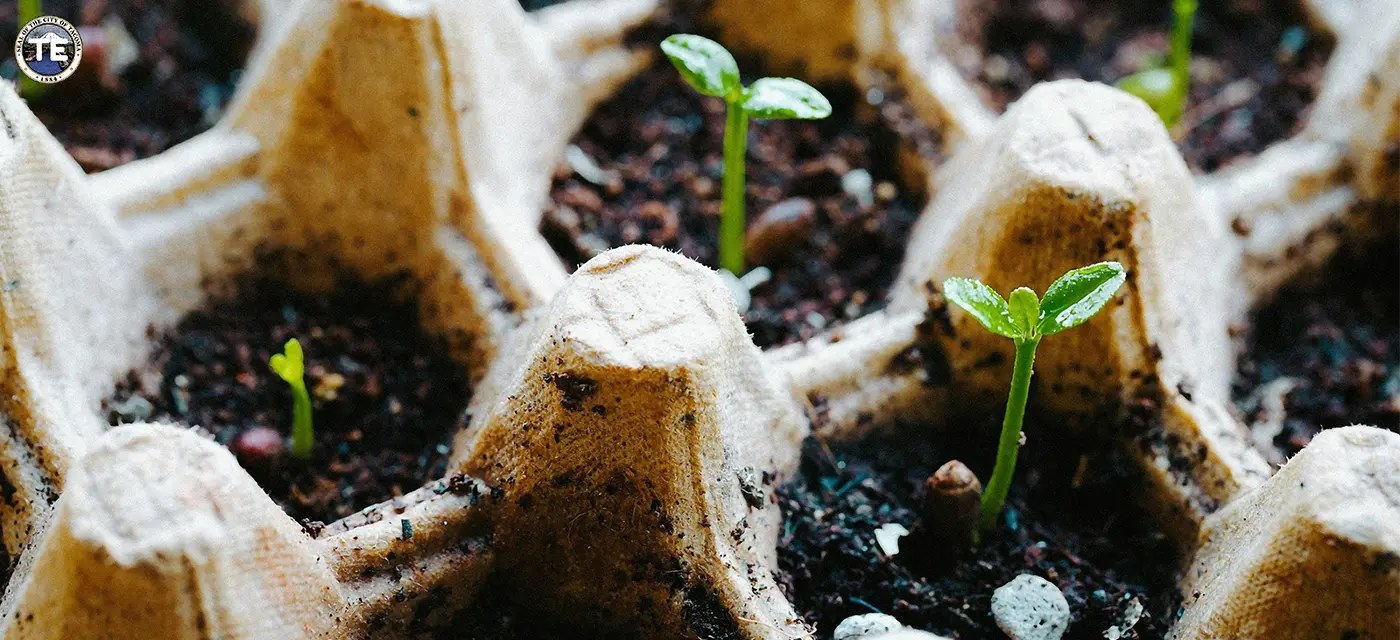
During dry weather, add water to keep your pile moist. In colder months, insulate your compost with straw or a tarp to maintain heat. These small adjustments can make a big difference in the health of your compost.
Use tools to track and optimize your pile’s progress. A compost thermometer helps you monitor temperature, while a compost turner simplifies aeration. If your compost isn’t heating up, add more greens or turn the pile frequently to reintroduce oxygen.
Pest prevention is simple—bury food scraps under a layer of browns and avoid adding meat or dairy, which attract animals. By staying on top of these tasks, you’ll produce nutrient-rich compost your garden will thrive on.
Explore Bokashi and Electric Composting
Expand your composting toolkit with alternatives like bokashi or electric composters. In just two weeks, Bokashi composts waste, including meat and dairy. It uses an anaerobic process that produces a nutrient-rich liquid fertilizer and pre-compost material to add to your soil. Bokashi works well for small spaces and reduces odors, making it ideal for urban households.
Electric composters provide a high-tech option for busy households. These machines break down food scraps in less than 24 hours and require little effort.
They work in small spaces and provide a quick, convenient way to compost indoors. Whether you choose bokashi, electric composting, or traditional methods, these options ensure a composting system fits your lifestyle.
Join the Composting Movement Today
Act now to reduce waste, save money, and create a greener planet. Composting empowers you to turn organic waste into valuable soil while reducing environmental impact. Choose a method for your space and start building your compost pile today.
Whether you prefer traditional composting, vermicomposting, bokashi, or electric systems, the benefits are clear: healthier soil, stronger plants, and a sustainable future.
Visit here to find tools, tips, and support. Together, we can make composting a powerful solution for a healthier planet. Start today and transform your waste into “garden gold”!

Lifelong bacon junkie. Lifelong internet fanatic. Hipster-friendly travel aficionado. Twitter lover. Avid food buff. Incurable travel trailblazer.




